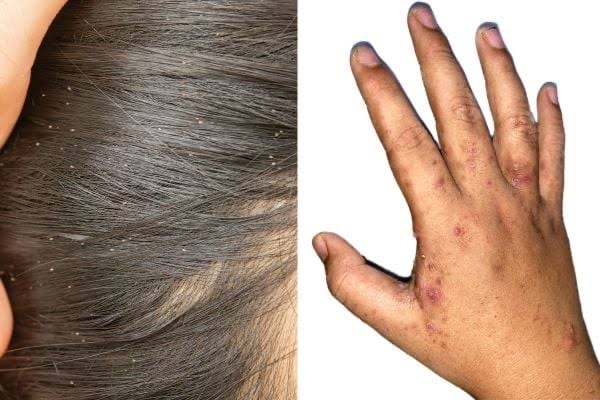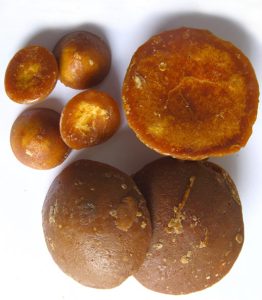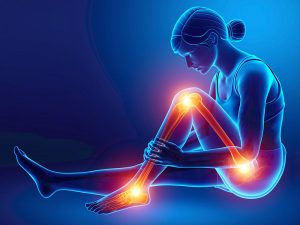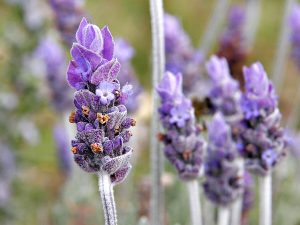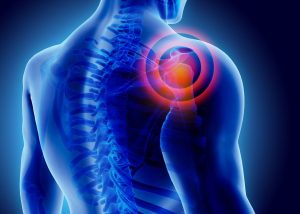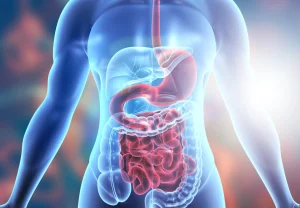Lice and scabies are two common parasitic infestations that affect millions of people worldwide. Both conditions cause intense itching and discomfort and are highly contagious, spreading quickly in crowded or close-contact environments. While they have different causes and treatments, they share similar social and health impacts, making awareness and prompt management essential.
Lice: An Overview
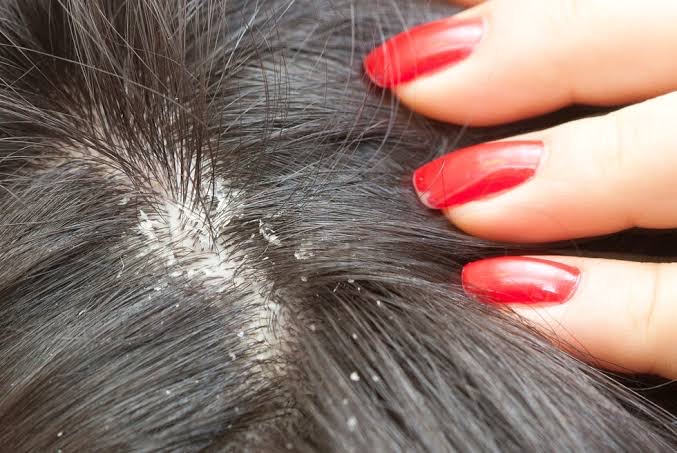
Lice are tiny, wingless insects that live on the human body and feed on blood. They are of three main types:
1. Head Lice (Pediculus humanus capitis)
– Found on the scalp, especially behind the ears and at the nape of the neck.
– Spread through direct head-to-head contact or sharing items like hats, combs, or pillows.
2. Body Lice (Pediculus humanus corporis)
– Live in clothing and bedding, moving to the skin to feed.
– Common in unhygienic conditions or among people without access to clean clothing.
3. Pubic Lice (Pthirus pubis)
– Infest pubic hair but may also spread to other body hair like armpits, chest, or facial hair.
– Transmitted through sexual contact or sharing towels and bedding.
Symptoms of Lice
– Intense itching caused by an allergic reaction to lice bites.
– Presence of live lice or nits (eggs) attached to hair shafts or clothing.
– Red bumps or sores from scratching.
Treatment for Lice
– Medicated Shampoos or Lotions: Over-the-counter or prescription products containing permethrin, pyrethrins, or ivermectin.
– Nit Removal: Using a fine-toothed comb to remove nits.
– Cleaning Belongings: Washing clothes, bedding, and personal items in hot water and drying them on high heat.
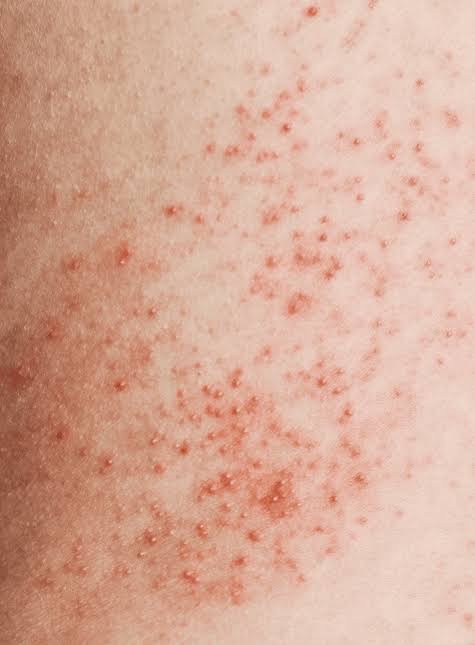
Scabies is a skin condition caused by the Sarcoptes scabiei mite. The female mite burrows into the skin to lay eggs, triggering an intense allergic reaction. Scabies spreads through prolonged skin-to-skin contact or sharing personal items like towels or bedding.
Symptoms of Scabies
– Intense itching, especially at night.
– Red, raised bumps or burrows, often appearing between fingers, on wrists, elbows, armpits, or around the waist.
– Crusty skin in severe cases, known as crusted (or Norwegian) scabies, which is highly contagious.
Treatment for Scabies
– Topical Medications: Prescription creams like permethrin or crotamiton to kill mites and eggs.
– Oral Medications: Ivermectin for severe or widespread infestations.
– Cleaning Personal Items: Washing clothes, bedding, and towels in hot water and drying on high heat to eliminate mites.
Prevention of Lice and Scabies
1. Good Hygiene
– Regularly wash hair and body.
– Change and clean clothing, bedding, and personal items frequently.
2. Avoid Sharing Personal Items
– Do not share combs, hats, towels, or bedding.
3. Minimize Close Contact
– Limit close physical contact with infected individuals until they are treated.
4. Prompt Treatment
– Seek medical care at the first signs of infestation to prevent further spread.
Social and Emotional Impact
Lice and scabies, though not life-threatening, can lead to embarrassment, social stigma, and anxiety. Raising awareness about these conditions as medical issues rather than indicators of poor hygiene is crucial to reduce stigma and encourage timely treatment.
Conclusion
Lice and scabies are highly contagious but manageable parasitic infestations. Early diagnosis, proper treatment, and preventive measures can effectively control outbreaks and relieve symptoms. Educating communities about these conditions is vital for promoting healthy practices and reducing their prevalence. If you suspect an infestation, consult a healthcare provider for guidance and care.

 Travel4 weeks ago
Travel4 weeks ago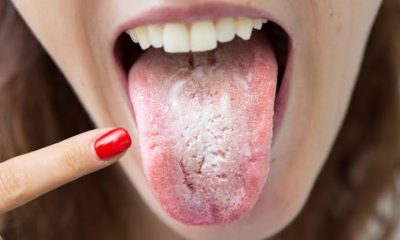
 Health2 weeks ago
Health2 weeks ago
 Health3 weeks ago
Health3 weeks ago
 Health3 weeks ago
Health3 weeks ago
